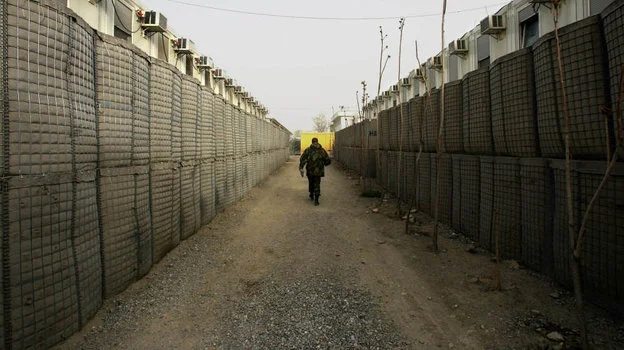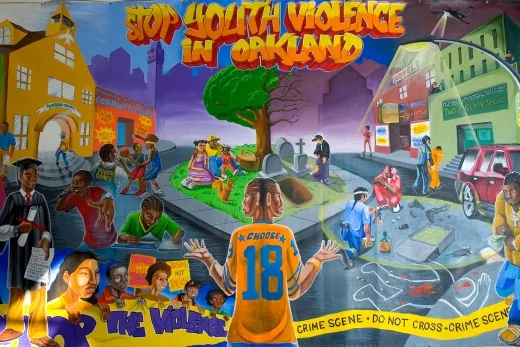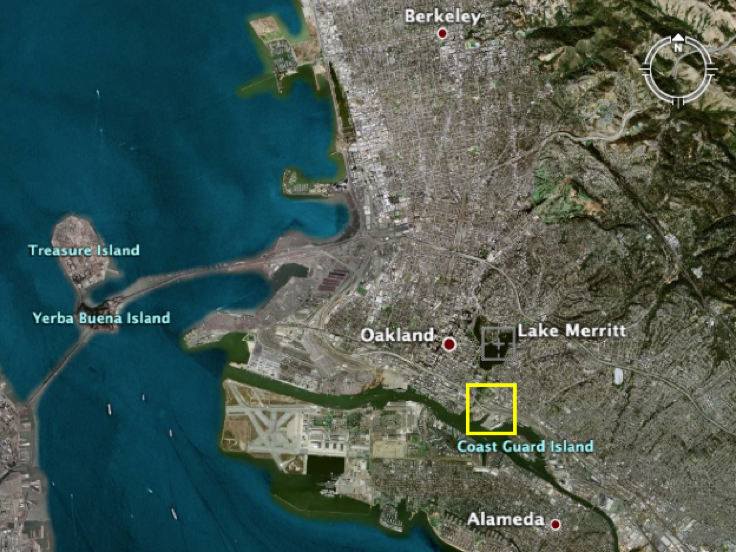Things change when there is no place to go. A city loses itself when the gravitational force on metros, buses and people loses its hold. Before opting out, I was living in a nice place, working for a good office, and spending time with close friends. From the apartment at Sihui Station to the office on Tuanjihue Lu; from the diplomatic areas of Dongzhimen to the alley bars of Gulou, work life and personal life revolved around design scenes, family-style meals, and group outings. This is how I interacted with the city, and this is how the city interacted with me. But once these things, these places, and these people were gone, Beijing became something less familiar.


Maybe I had watched Into the Wild one too many times. Maybe I thought I was a character in a Knut Hamsun novel. Or maybe it was that I had experienced a broken heart. But as my lease at the Gemdale Plaza next to Line 1 came to an end, I filled a backpack, dropped my luggage off at a friend’s house, and spent the next 8 months looking for the best places for personal displacement. I didn’t know where I was headed, or if being headed anywhere made much sense. All I wanted was nowhere, and I wanted it wherever I could find it.
Beijing is a cold city in more ways than one. The winter of 2012 was no exception. The wide-open spaces created an impersonal landscape of gray brick and white barriers. Low-density blocks the size of airport runways made my jacket feel thinner, as exhalation would come to obstruct my vision. Within these vast openings would sometimes sit a bench, isolated and prominent, as if drawing attention to itself just by existing. I began to find comfort in the outskirts. I would seek out the corners and retreat into the narrowness. The hutongs were mazes, and mazes are indeed fun when time is irrelevant. Once, I would get frustrated when I ended up in the wrong side street to meet friends at an obscure pool hall. Now, my frustration applied itself to a stopping point.

Physical movement became more necessary as the temperature ticked downward. I sometimes found myself on the periphery, running in place, waiting for 10am, when the nearest heated space, known as a shopping mall, would open its doors. To me, malls were giant mixed-use monstrosities, and I found myself in them more often than not, resting, reading, and writing. The couches were more comfortable than the concrete, and the clean bathroom stalls made napping manageable. Laowài were welcome there, and I took full advantage.
I even spent a few nights in the biggest, freest hotel in Beijing: Foster’s Capital Airport.
I spent little time in parks with their controlled access points and more time under overpasses, as they felt freer and at the same time more private. When the ring roads intersected a highway, the massive looping exits created pockets and barricades. Businesses operated along the roads running underneath the 8-lane traffic several meters above. Medians were brick islands with a width of two lanes. Where the overhead’s giant concrete columns touched down on these islands, a good place for leaning was born. Nearby, tunnels could be found that gave pedestrians and cyclists a means of punching through the vehicular onslaught. It is within these negative spaces that city equipment was stored and traces of graffiti could be discerned. Beyond the sound of revving engines and blaring horns, it was a place of burnt wood and loneliness. Sometimes, I would find jackets and blankets, a pile of flattened cardboard boxes, a lighter, a cup. And no one else.

In order to bypass the roads, the highways, and the noise that accompanied them, I would sometimes travel the city canals and walk for miles and miles. Like the tunnels and grooves, I felt safe and off-the-grid, with the benefit of a de-saturated sky above me. I went to places I had never been, and I spent time in places that I had once enjoyed with the people that I used to know. It was at this old sky bridge where a pointless conversation had taken place, a time of eye contact, winter jackets, and the backsides of green traffic signs. But my memories were fading, and it became harder to figure out what was so special about that damn sky bridge.
By the spring, I was no longer serving drinks and cleaning bathrooms in exchange for a bed at the local hostel. I had removed myself from the couches of generous friends. I had left my new job of only 3 months, and the convenience of their office furniture. My nights were now spent on patches of grass between sidewalks and tower plinths. Long-haired and bearded, I continued walking the city, often without an idea of where I was. Beijing is not known for way-finding, so I followed whatever way I could find. I would hike along railroad tracks, watching vendors sell clothing, books, and chuanr. They never noticed me, and I never minded. The city was now blooming, and the large setbacks became small green parks with foliage-draped benches and places for locals to nap and water the flowers. It barely rained, and when it did, I found the nearest awning, metro station, or mall. I was now used to it all.

By the fall, I had made it into Mumbai, India with a void work visa. My distaste for Beijing was at an all-time high. I had championed Beijing the previous year, only to become too intimate with its reality as compared with my own. Everything I had loved about the city was associated with and based upon everything I had now lost. Through my own stupidity, I had broken, ruined, and separated myself from every personal and professional association that I had obtained while living in the city as an architect. Now the city was lacking because I myself was lacking.
Beijing became a barren wasteland, and my understanding of cities had changed. A city can be many things: It can be clean. It can be dirty. It can be pleasant or stressful. It can have a public transportation system and a logical road network or be lost within chaos. It can feel as if home, or it can resemble something foreign. But without the stability of relationship, a point of contact, with a person, a job, a bed, the reference is lost, the meaning is void. Without this framework, the city bleeds away into empty materials and emptier buildings, an ocean of grayscale pavement, broken up by stoic park benches. Things change when we have no place to go. Or we have no place to go because things change. Either way, as Steven Wright once said: Anywhere is walking distance if you’ve got the time.
Brad Hooks is an architect who graduated from the Savannah College of Art and Design. He has worked for ATOL Architects in Shanghai, URBANUS Architecture & Design in Beijing, and Studio Mumbai Architects in Alibag, among others. He now lives and works in Ahmedabad, India. You can reach him at brad.hooks@gmail.com.
















